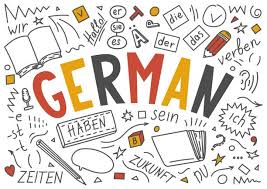German for beginners - Live Course
German for beginners is an exciting journey into the German language and culture. Whether you're planning a trip to Germany, interested in German literature and music, or simply want to expand your linguistic horizons, learning German opens up a world of opportunities.
Live Course
Live Class:
Enrolled: 0
Duration: 24 Hours
Offered by: infyni

